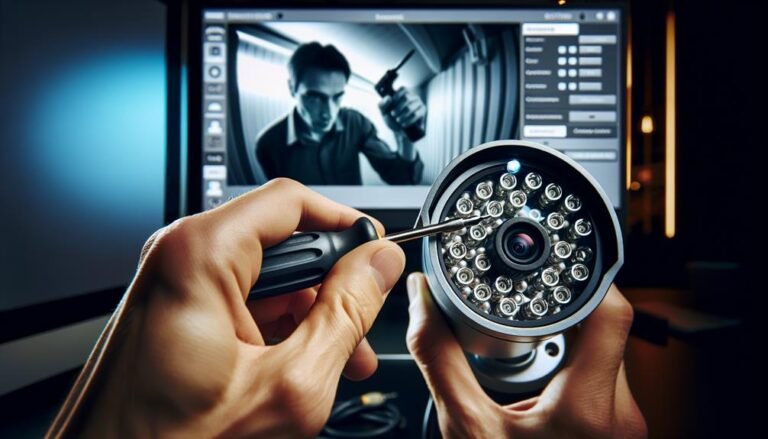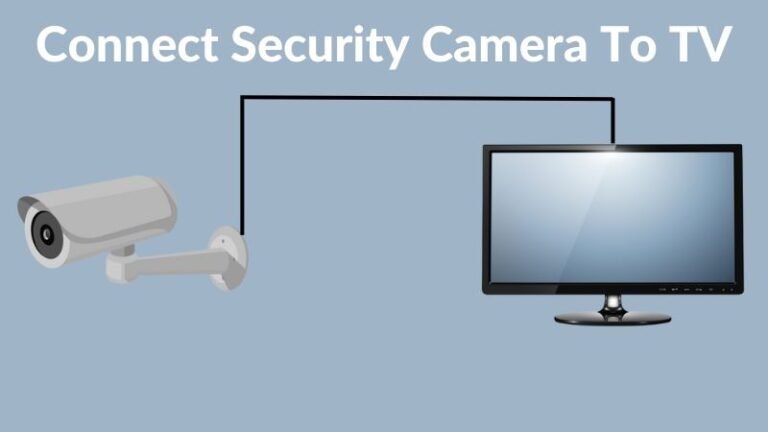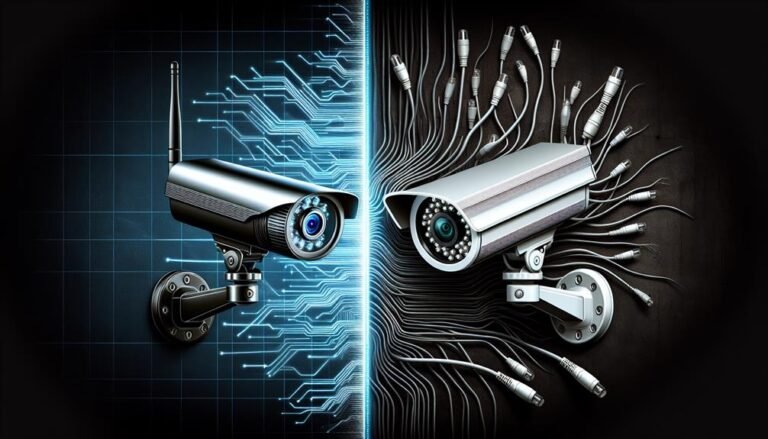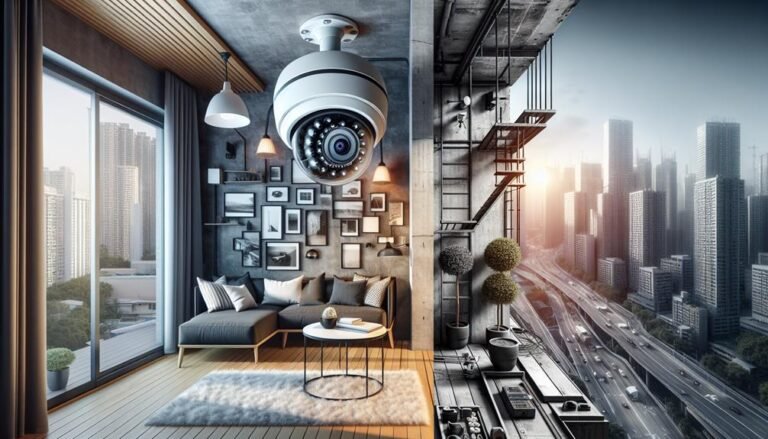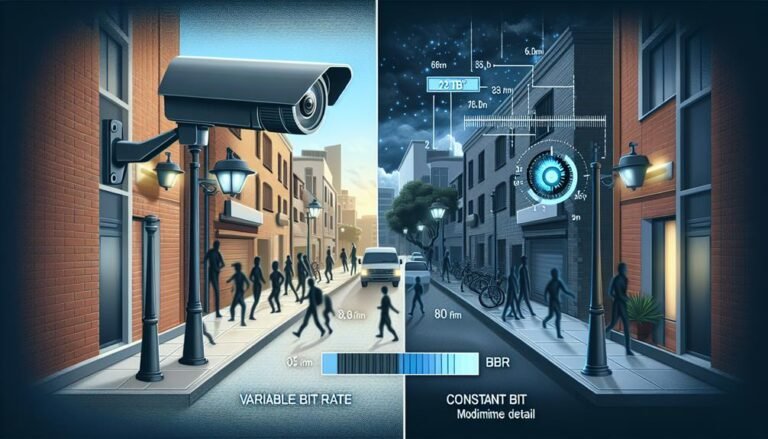Tutto sulla telecamera CCTV termica

Con una telecamera CCTV termica, puoi vedere in completa oscurità, nebbia o fumo rilevando la radiazione infrarossa e catturando le tracce di calore. Questa tecnologia offre una visibilità senza pari, riduce i falsi allarmi e tutela la privacy concentrandosi sul calore anziché sugli elementi visibili...

